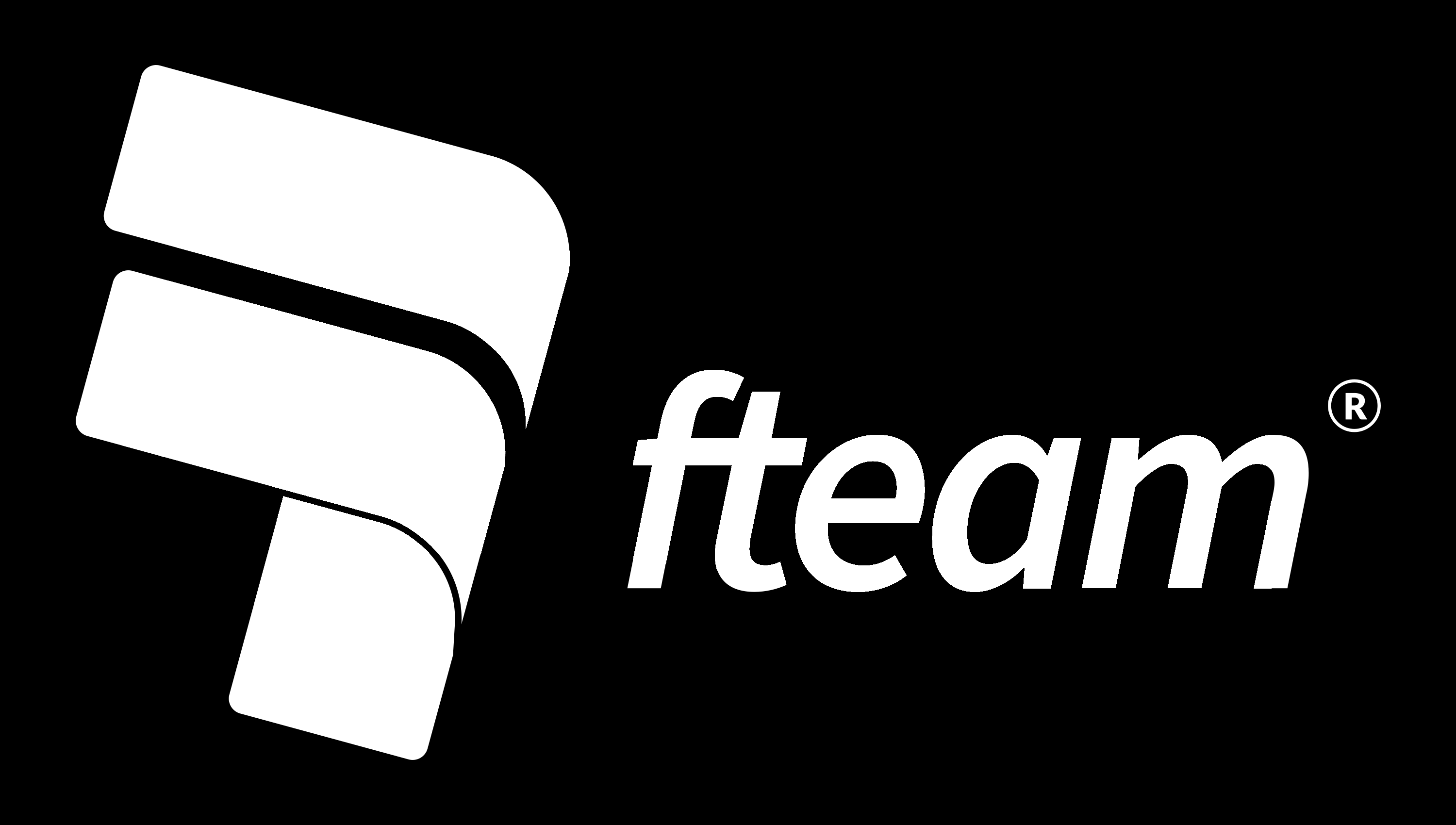
The hasura_connect is designed to facilitate Hasura's integration with Flutter applications.
Report Bug
·
Request Feature
Table of Contents
The hasura_connect is designed to facilitate Hasura's integration with Flutter applications, leveraging the full power of Graphql.

To install Hasura Connect in your project you can follow the instructions below:
a) Add in your pubspec.yaml:
dependencies:
hasura_connect: <last-version>b) or use slidy:
slidy install hasura_connectA simple usage example:
//import
import 'package:hasura_connect/hasura_connect.dart';
String url = 'http://localhost:8080/v1/graphql';
HasuraConnect hasuraConnect = HasuraConnect(url);You can encapsulate this instance into a BLoC class or directly into a Provider.
Create a document with Query:
//document
String docQuery = """
query {
authors {
id
email
name
}
}
""";Now just add the document to the "query" method of the HasuraConnect instance.
//get query
var r = await hasuraConnect.query(docQuery);
//OR USE MUTATION
var r = await hasuraConnect.mutation(docQuery);Subscriptions will notify you each time you have a change to the searched items. Use the "hasuraConnect.subscription" method to receive a stream.
Snapshot snapshot = await hasuraConnect.subscription(docSubscription);
snapshot.listen((data) {
print(data);
}).onError((err) {
print(err);
});Variables maintain the integrity of Querys, see an example:
String docSubscription = """
subscription algumaCoisa($limit:Int!){
users(limit: $limit, order_by: {user_id: desc}) {
id
email
name
}
}
""";
Snapshot snapshot = await hasuraConnect.subscription(docSubscription, variables: {"limit": 10});
//change values of variables for PAGINATIONS
snapshot.changeVariable({"limit": 20});This is a good strategy to control the flow of requests. With that we can create interceptors for logs or cache for example. The community has already provided some interceptors for caching. Interceptors are highly customizable.
View Hasura's official Authorization documentation.
class TokenInterceptor extends Interceptor {
final FirebaseAuth auth;
TokenInterceptor(this.auth);
@override
Future<void> onConnected(HasuraConnect connect) {}
@override
Future<void> onDisconnected() {}
@override
Future onError(HasuraError request) async {
return request;
}
@override
Future<Request> onRequest(Request request) async {
var user = await auth.currentUser();
var token = await user.getIdToken(refresh: true);
if (token != null) {
try {
request.headers["Authorization"] = "Bearer ${token.token}";
return request;
} catch (e) {
return null;
}
} else {
Modular.to.pushReplacementNamed("/#");
}
}
@override
Future onResponse(Response data) async {
return data;
}
@override
Future<void> onSubscription(Request request, Snapshot snapshot) {}
@override
Future<void> onTryAgain(HasuraConnect connect) {}
}Or:
class TokenInterceptor extends InterceptorBase {
final FirebaseAuth auth;
TokenInterceptor(this.auth);
@override
Future<Request> onRequest(Request request) async {
var user = await auth.currentUser();
var token = await user.getIdToken(refresh: true);
if (token != null) {
try {
request.headers["Authorization"] = "Bearer ${token.token}";
return request;
} catch (e) {
return null;
}
} else {
Modular.to.pushReplacementNamed("/#");
}
}
}Now you can intercept all requests, erros, subscritions.... all states of your hasura_connect connection.
- onConnected
- onDisconnected
- onError
- onRequest
- onResponse
- onSubscription
- onTryAgain
Now you will need to create a Interceptor or use a Cache Interceptor Package made to help you like: InMemory, Hive or SharedPreference
//In Memory
import 'package:hasura_cache_interceptor/hasura_hive_cache_interceptor.dart';
final storage = MemoryStorageService();
final cacheInterceptor = CacheInterceptor(storage);
final hasura = HasuraConnect(
"<your hasura url>",
interceptors: [cacheInterceptor],
httpClient: httpClient,
)//Hive
import 'package:hasura_connect/hasura_connect.dart';
import 'package:hasura_hive_cache_interceptor/hasura_hive_cache_interceptor.dart';
final cacheInterceptor = HiveCacheInterceptor("<your box name> (optional)");
final hasura = HasuraConnect(
"<your hasura url>",
interceptors: [cacheInterceptor],
httpClient: httpClient,
)//Shared Preference
import 'package:hasura_connect/hasura_connect.dart';
import 'package:shared_preferences_cache_interceptor/shared_preferences_cache_interceptor.dart';
final cacheInterceptor = SharedPreferencesCacheInterceptor();
final hasura = HasuraConnect(
"<your hasura url>",
interceptors: [cacheInterceptor],
httpClient: httpClient,
)HasuraConnect provides a dispose() method for use in Provider or BlocProvider. Subscription will start only when someone is listening, and when all listeners are closed HasuraConnect automatically disconnects.
Therefore, we only connect to Hasura when we are actually using it;
_For more examples, please refer to the 🚧 Documentation - Currently being updated 🚧 .
- Query data returned not decoded to utf-8.
Fix:
import 'dart:convert';
extension Utf8convert on String {
String _utf8convert() {
List<int> bytes = this.toString().codeUnits;
return utf8.decode(bytes);
}
String get utf8convert => _utf8convert();
}- ✅ Queries
- ✅ Mutations
- ✅ Subscriptions
- ✅ Change Variable in Subscriptions
- ✅ Auto-Reconnect
- ✅ Dynamic JWT Token
- ✅ bloc_pattern Integration
- ✅ Provider Integration
- ✅ Variables
- ✅ Cache Subscription
- ✅ Cache Mutation
- ✅ Cache Query
Right now this package has concluded all his intended features. If you have any suggestions or find something to report, see below how to contribute to it.
🚧 Contributing Guidelines - Currently being updated 🚧
Contributions are what make the open source community such an amazing place to learn, inspire, and create. Any contributions you make are greatly appreciated.
If you have a suggestion that would make this better, please fork the repo and create a pull request. You can also simply open an issue with the appropriate tag. Don't forget to give the project a star! Thanks again!
- Fork the Project
- Create your Feature Branch (
git checkout -b feature/AmazingFeature) - Commit your Changes (
git commit -m 'Add some AmazingFeature') - Push to the Branch (
git push origin feature/AmazingFeature) - Open a Pull Request
Remember to include a tag, and to follow Conventional Commits and Semantic Versioning when uploading your commit and/or creating the issue.
Distributed under the MIT License. See LICENSE.txt for more information.
Flutterando Community
Built and maintained by Flutterando.






